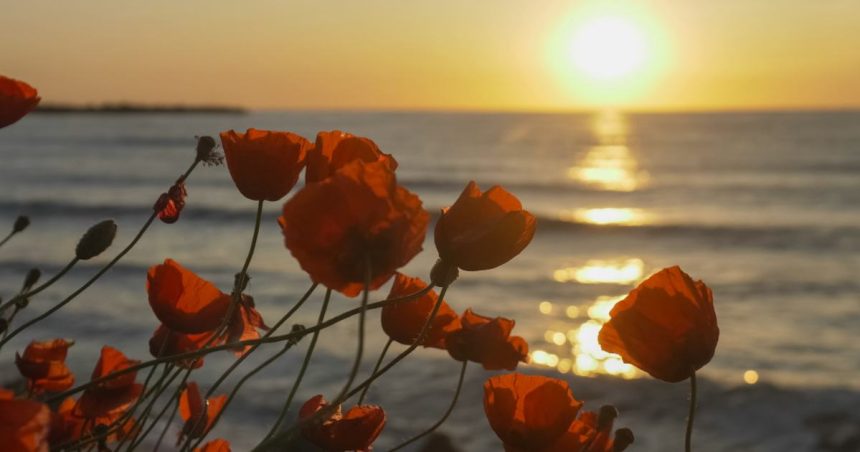Remembrance Day on 11 November is an occasion marked by people around the world, that invites people to think about those who have fought and died in conflicts since World War I.
In Australia, one minute’s silence is observed at 11am and many schools honour the commemoration.
Why 11am on November 11?
During WWI, fighting on the Western Front came to an end after four years at 11am on 11 November 1918.
This was known as an armistice, which was a suspension in fighting to allow for a peace agreement to be reached between the defeated Germans and the victorious allied nations, which included Britain, France and Australia.
Between 9 million and 13 million people died in World War I. This includes 60,000 Australians. Historians believe up to one-third of all those who died were buried in unmarked graves.
Because many people believed it was important to remember the sacrifices made during that war, the moment the guns fell silent – the 11th hour of the 11th day of the 11th month – was chosen as the time and day the allied nations would commemorate the fallen.
The day became known as Armistice Day.
A time for silent reflection
The concept of holding two minutes of silence was introduced on the first anniversary of the armistice in 1919. Australian journalist Edward Honey, along with a South African man, Sir Percy Fitzpatrick, presented the idea to the British government.
King George V then asked all people of the British Empire to observe two minutes’ silence at 11am on 11 November.
Renaming Armistice Day
Australia and Britain changed the name of Armistice Day to Remembrance Day after the end of the Second World War. The new name was considered more appropriate for a day which would commemorate all war dead. Today, the day invites people to remember people who have been killed in all the wars and conflicts since.
How Australia remembers
Australia’s main Remembrance Day commemoration takes place at Canberra’s Australian War Memorial in Canberra. Major ceremonies are also held in the capital cities of all our states and territories, with one minute’s silence now honoured.
The significance of poppies
During World War I, red poppies were among the first plants to spring up in the Western Front battlefields in northern France and Belgium, with folklore suggesting the flowers’ vivid red colour came from the blood of fallen soldiers that soaked into the soil.
Today, poppies are sold in Australia by the Returned Services League (RSL) to raise money to support veterans and their families.









